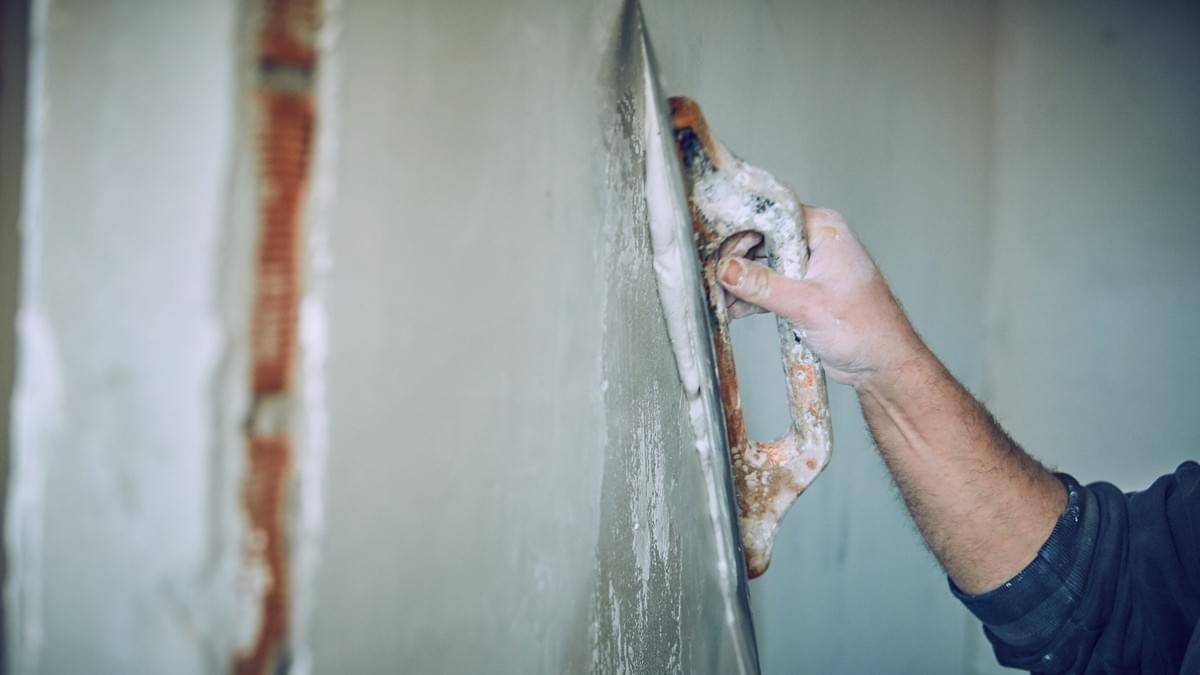
Plastering walls is an old strategy that dates back hundreds of years. You can see the process at work in old pyramids. While the strategies have actually developed over time, the basic materials needed for good plastering task are mineral accumulation, binding agent, and also water. Keep reading to get more information concerning the various kinds of plaster offered and also their usages. There are many kinds of plaster and also the best ones will rely on the needs of the task. Then, use these suggestions to begin! A great collection of devices is a crucial part of the smudging process. Gluing tools consist of blending containers, trowels, a hawk for holding plaster, and a container trowel for moving it. When gluing big locations, a drill with a paddle accessory is crucial.
A spray container ought to be nearby to regulate the quantity of plaster that hops on your hands and also on your clothing. Usage various sized trowels for numerous tasks, as bigger trowels are difficult to make use of in small rooms. A 2nd coat of plaster is used after the first layer of plaster. This coat resembles the first but with much less plaster and firmer pressure. It is utilized to repair openings in the plaster and is meant to fix any kind of areas that were left subjected by the very first layer. The initial coat might dry before the 2nd coat is applied. The second layer needs to repair any kind of staying holes as well as flaws. When smudging a ceiling, it's necessary to have a smooth base before applying the next layer. Gluing is an extremely important part of building construction. It offers the surface area of a wall surface with a smooth coating and also covers permeable surface areas. An experienced plasterer will certainly utilize a trowel as well as hawk to scoop plaster right into the walls. To learn more about plastering, view here!
They should likewise utilize a big container to blend the materials. When these materials are blended with each other, smudging can start. There are many different types of plaster. One common method is to mix the materials by hand or by machine. Before concrete plaster was invented, people used clay plaster for their walls. Clay plaster was made use of for indoor plastering in the early days of the United States. This technique antedated using frame homes, as well as continued even after the adoption of block filling and laths. At the time, lime was not easily available, so alternative binders were made use of.
Clay plaster, additionally called mud plaster, is made up of clay or earth combined with water. When combined correctly, it creates a plastic consistency. After preparing the walls, you need to prepare the area where smudging will take place. This will prevent the plaster from drying out as well promptly on a warm day. A wet paintbrush or spray container is a simple way to moisten the plaster. Once the pail is full, mix in the brand-new plaster mix until it is degree with the water surface area. Then, utilize a mixing pole or bettor to integrate any kind of dry plaster fragments. As soon as the water has thoroughly mixed, use a trowel to smooth the surface. Read more about plaster on this page: https://en.wikipedia.org/wiki/Plaster.